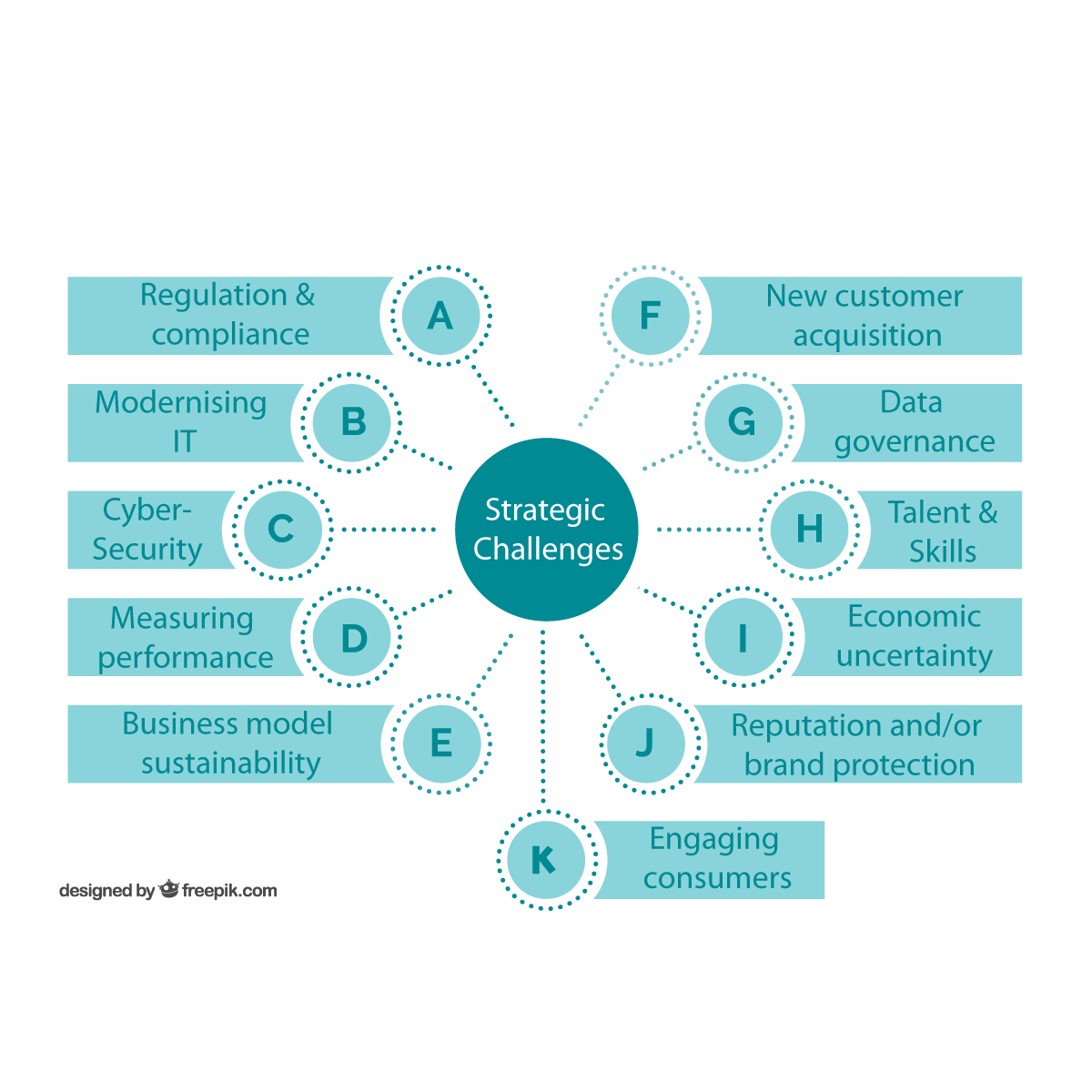The move to cloud computing has often been perceived as a threat to IT personnel, as businesses no longer require the number of resources previously needed to manage internal hardware once they have migrated to the cloud. In my opinion, the role of IT personnel is as important as ever.
What’s changing?
The kit bag of various sized screwdrivers may still be needed but ultimately IT won’t need to spend multiple hours a week in the server room maintaining hardware.
I have found that there has been a view within organisations that IT resource was necessary to just maintain the hardware that the business depended on to keep them up and running. In businesses that are looking to grow and modernise, IT personnel should now play a vital role and be involved in strategic decisions for the future of the organisation.
This change has come about due to the huge opportunity that digital transformation is presenting. It’s providing a push towards modern efficient systems for staff, not only allowing them the flexibility to work wherever and whenever they need to but also offering ways to work with technology that can be revolutionary for a company’s services, their proposition and the way in which they deal with customers.
A great example of a traditional business shifting into the digital world is Mercedes-Benz and how they have built an app service which seamlessly ties in with their cars.
AI is a hot topic and becoming more commonly used, with larger organisations utilising chat bot technologies as the first line for customer support. Financial Services organisations have developed good examples; American Express has an app for customers to carry out simple tasks like balance checks and recent charges reviews.
Areas for IT teams to focus
The skill set of IT departments will need to change to adjust to their changing roles. Their activities will need to be more aligned to the organisation’s strategy, therefore it’s important to know the key considerations for organisations today.
A report from The Economist on AI provides the following list of the top strategic challenges for businesses from their conversations with business leaders.
- Cyber-security
- Economic uncertainty
- New customer acquisition
- Talent & skills
- Modernising IT
- Measuring performance
- Regulation & compliance
- Business model sustainability
- Data governance
- Reputation and/or brand protection
- Engaging consumers
The majority of these issues will require resources from IT teams to tackle and arguably all will need input from the CTO.
From this list, the key items that pop out for IT are Cyber Security and Compliance & Governance of data. Modernising IT and cloud solutions will be key enablers for change.
Cyber Security
This is a huge area that is affecting multiple-sized organisations. Often these organisations have outdated hardware and don’t have preventative procedures or disaster recovery.
Moving infrastructure and software to the cloud provides an element of comfort due to the expertise and investment cloud providers employ to protect data centres, focusing not just on the Cyber Security but the physical security as well.
This should be a key focus for organisations and addressed as soon as possible. Modernising IT will help but can be a large project. A review of security and disaster recovery positions and plans should be completed at the start.
Compliance and governance of data.
The legislation is starting to affect the processes and systems within organisations. Recent legislation which has caused organisations to change their processes has been GDPR and Making Tax Digital. These have been key areas for IT due to the way data has been held and potentially the way the systems have been used historically. Having knowledge in these areas is essential for IT personnel.
I foresee more legislation coming from the Government which will affect digital systems and requires businesses to change. This may come in the way we process the data we receive and potentially where that data is stored.
Conclusion
Start reviewing your IT strategy. Have the mindset of starting small but thinking big. Rome wasn’t built in a day but having an overview path to achieve your goals will help to provide your next steps.
Look at future trends like AI to see how you can get a jump over your competitors by improving efficiency, automating processes and providing insights from your data.

